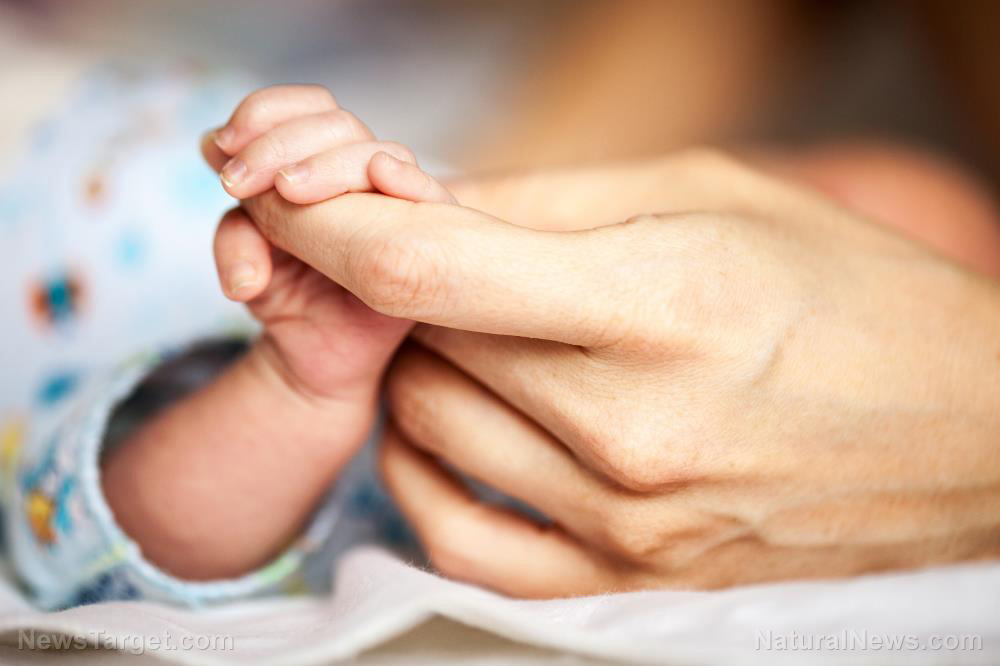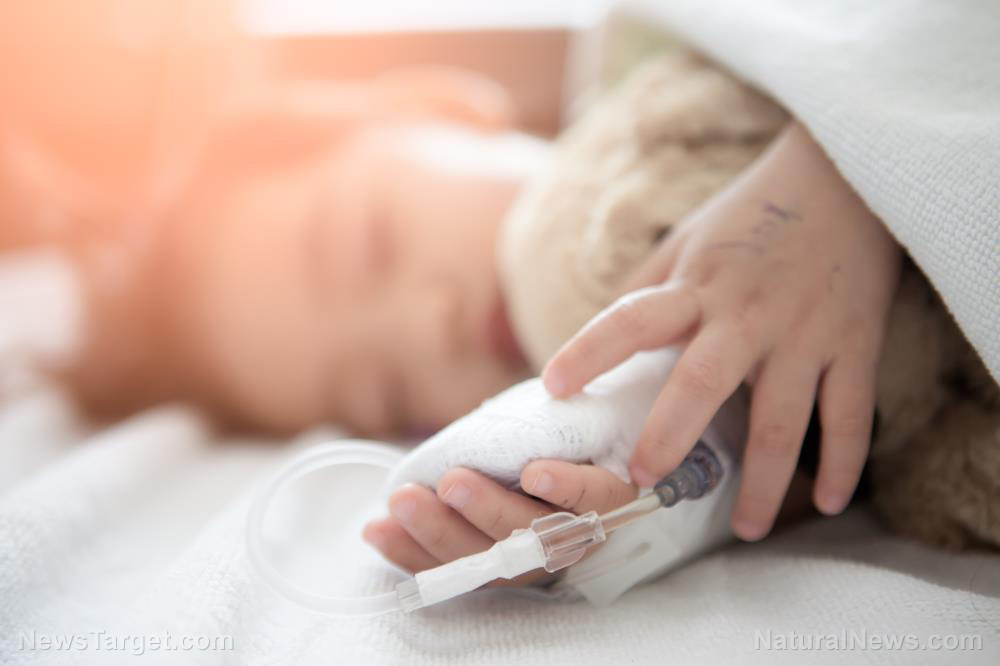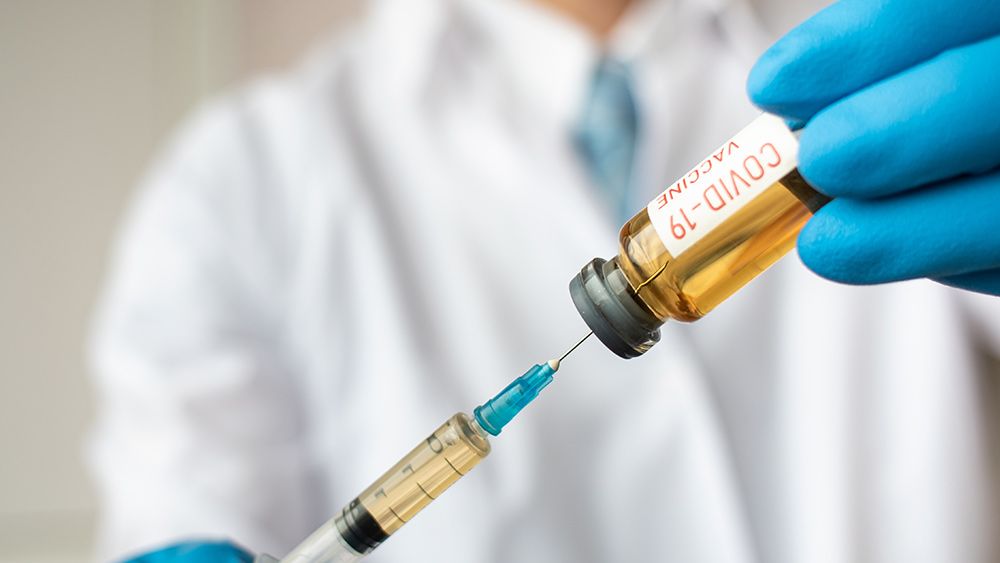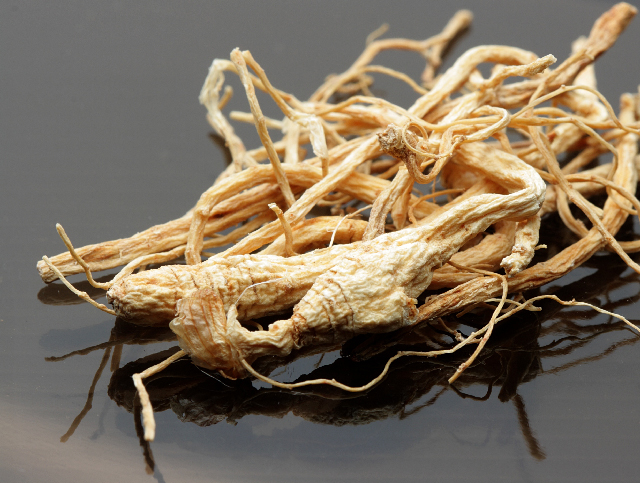My body, my choice? Study reveals home births are just as safe as hospital births
10/15/2020 / By Cassie B.

Women have increasingly been choosing to give birth at home in recent years, and the trend has really been taking off during the coronavirus pandemic. Although the topic can be quite controversial, studies have shown that home births can indeed be as safe as hospital births.
A large study from McMaster University in Canada found that the babies of women with low-risk pregnancies who give birth at home do not have a higher chance of perinatal or neonatal death when compared to other low-risk women who give birth in a hospital.
Their findings were published in The Lancet’s EClinicalMedicine journal.
McMaster University Professor Emeritus of Obstetrics and Gynecology and study lead author Eileen Hutton said: “More women in well-resourced countries are choosing birth at home, but concerns have persisted about their safety. This research clearly demonstrates the risk is no different when the birth is intended to be at home or in hospital.”
The study used a meta-analysis and systematic review of 21 studies that have been published since 1990 looking at birth outcomes of home and hospital births in the U.S., Canada, Australia, Japan, England, New Zealand, Sweden and the Netherlands. The outcomes of half a million intended home births were compared to a similar number of births that were intended to take place in hospitals.
Hutton remarked that the research can help inform policymakers, healthcare providers and women who are planning for birth.
A peer-reviewed study published in the Journal of Midwifery & Women’s Health reached a similar conclusion, confirming that planned home births in low-risk women result in lower rates of intervention without any increase in adverse outcomes for either mothers or their babies. That study looked at nearly 17,000 cases and was considered the biggest analysis of planned home births to be published in America.
The study also found a cesarean rate of just 5.2 percent in intended home births, which is significantly lower than the U.S. national average of 31 percent.
Home birth mothers also had lower rates of interventions during labor. Although these interventions can save a mother’s life or that of her baby when they are necessary, many hospitals overuse them. These interventions include epidurals, episiotomies and Pitocin for labor augmentation.
COVID-19 pushing more women toward home births
Many pregnant women who previously had planned to give birth in a hospital are now gravitating toward home birth options, with midwives across the country reporting a surge of interest in the option. Some hospitals are limiting support for birthing, mandating C-sections or labor induction, and separating babies from mothers with suspected cases of COVID-19, all of which are changes many women want to avoid. The negative impact of separating moms from their babies at birth can be significant, robbing them of valuable skin-to-skin contact and breastfeeding right when they need it most.
Yale Medicine’s Dr. Jessica Illuzzi said that as many as 80 to 90 percent of low-risk births can take place without complications. She told Healthline: “Most women who are full term, have a single baby who is head down without other significant medical or obstetric problems may be a candidate for home birth.”
The remaining cases may involve obstetric complications that require transfer to a hospital for further assistance.
Experts do recommend, however, that women with higher-risk pregnancies, such as those with diabetes or multiple babies, give birth in a healthcare setting because of the potential of developing life-threatening complications.
The ideal candidate for a home birth is a woman who is pregnant with a single baby with its head down at term and is more than 37 weeks along but less than 41 weeks and has no serious medical conditions. Those who have already given birth vaginally have an even lower chance than first-time moms of needing to be transferred to a hospital.
Women who can safely give birth at home are finding it to be a far more comforting prospect and affirming experience than giving birth in money-minded hospitals rife with the potential for unnecessary interventions and the risk of infection.
Sources for this article include:
Tagged Under: C-section, giving birth, high-risk pregnancies, home birth, hospital birth, infant health, low-risk pregnancies, neonatal death, obstetrics, pandemic, safe birth, women's health




















